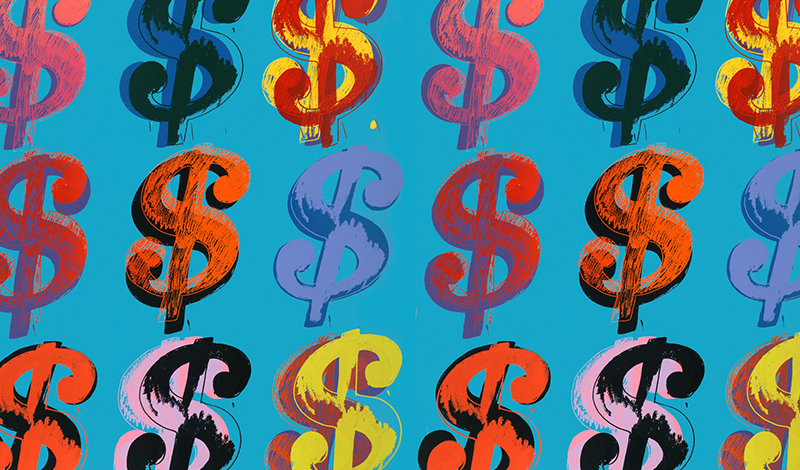
1. The artist
When determining value we would look at the artist’s career, how long they have been a practicing artist, whether or not they have a large body of work, determine what it is that they are trying to draw our attention to and if they are succeeding at grabbing our attention and changing our view. Artists today have a much larger reach, they have websites, social media followers and at the same time there is also much more competition as artists now are competing on a worldwide scale.
So when looking at an artist consider where they are in their career, look at their CV and Bio, work out if they are an emerging, mid-career or established artist. An emerging artist is generally seen as an artist within the first five years of their career; a mid-career artist is when the artist is represented by one or more galleries, locally and internationally, they have had several solo and group exhibitions, and have created a significant body of work. Mid career artists would have had numerous exhibitions, been finalists or winners of several art prizes and been in regional exhibitions; established artists are artists who are at a mature stage of their career, they are nationally and internationally recognized not only for their work but also their contribution to art. They have produced extensive bodies of work, have shown in museums, regional galleries and are represented internationally by several galleries.
The artist Bio and CV will give you a good indication of the span of their artistic career. There you will be able to find how long they have been an artist for, where they graduated from, how many solo or group exhibitions they have had and if they are in any major collections.
2. The artwork
When determining the value of an artwork look at it’s size, medium, it’s message, whether it has any art-historical significance, and whether it is an edition. The cost of the material used for the work does not normally influence the price of the work unless it is an installation or sculptural work with high material costs like bronze.
When an artist produces multiple editions of an artwork it will affect the price of the work. Normally the first few editions will be less than later editions because the sale of the earlier works increases the demand for the artist’s work and therein value.
3. The gallery and their standing
A good art dealer and gallery can have a big effect on an artist’s reputation and the value of their work. The more respected the gallery and their curatorial opinion the better the artist they will represent and the more valuable the artist’s work. This will also influence the career of the emerging artist even if the work is not highly priced; if they show with a respected gallery and in the company of respected artists the chances are the artist is a good investment. The dealer will also often decide who gets to buy an artwork, the first priority would be to sell the work to a public institution. The public institutions often do not have the funding of the private sector so the work will be sold to them at a reduced rate but as we mentioned above it is good for everyone, for the gallery, artist and collector if the artist’s work is included in a public institution. The dealer will often vet the buyers especially if an artist is established and there is a high demand for their work. They don’t want the work to be bought by speculators or art “flippers” who buy the art and soon after place it for sale on the secondary market, at auction, it is not good for the provenance of the work. The galleries therefore have a huge effect on the reputation of the artist and it is their “job” to build and manage the career of the artists.
4. The Collectors, Curators, Museums, Institutions, biennales and other non-commercial exhibitions.
Museums are still considered the gatekeepers of the art world. The role of the curators are to constantly look for artists and artworks that are current and reflect society at this time, their role is to identify what will become historically significant and preserve what is culturally important. The artworks we see in museums today have been carefully considered at galleries, art fairs, sales, private views and favourable critics and writers. The curators have almost taken over the role of the critics, as they have a tremendous influence on an artist’s career in positioning them in highly regarded exhibitions like Venice Biennale or Documenta in Kassel, Germany. Similarly to curators, collectors have a significant influence in raising the value of an artist’s work. Positioning an artist in their private collection in turn brings them wider recognition and a position of status.
5. The Secondary Art Market
When determining the value of an artwork from an established artist the secondary art market is another factor to consider. An established artist will be at a stage in their career where their artworks are already well in circulation of the secondary art market. With established artists there is a higher demand for their work, they have built a large following and their works have a rich provenance making their work a valuable consignment for auction houses. If there is an established artist you follow it is always worth having a look at what the value of their work is on the secondary market, particularly if you have an artwork from that artist and wanted some insight into it’s value at a later stage.



